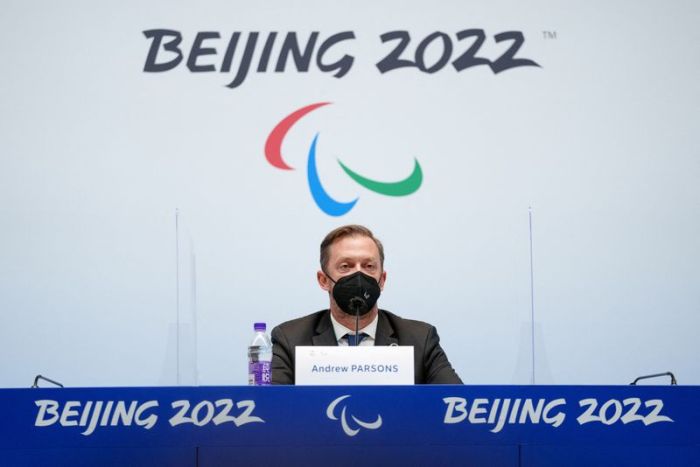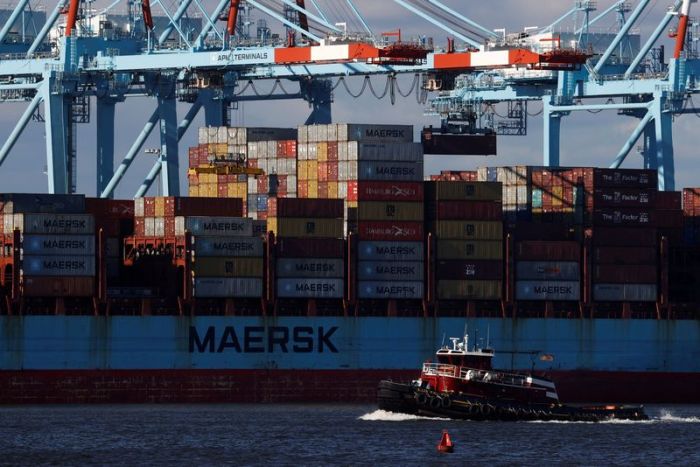HOUSTON (Reuters) – Oil slid 2% on Thursday, after hitting prices not seen in a decade, as sellers jumped on hopes the United States and Iran will agree soon on a nuclear deal that could add barrels to a tight global market.
Trade was volatile, with crude prices jumping early to multi-year highs on worries about disruption to Russia’s exports, which at 4 to 5 million barrels per day (bpd) are more than any other nation other than Saudi Arabia. Following Russia’s invasion of Ukraine, companies are shunning Russian supply and scrambling for barrels elsewhere.
Oil markets are in an “explosive mood” over increasing outrage against Russia, said Phil Flynn, an analyst at Price Futures Group. “People in the world don’t want to deal with a country that is committing these atrocities in Ukraine.”
Brent futures were down $2.47, or 2.2%, to $110.46 a barrel, while U.S. West Texas Intermediate (WTI) crude fell $2.93, or 2.6%, to $107.67.
Both benchmarks rose to multi-year highs during the session, with Brent soaring to $119.84, its highest since May 2012 and WTI hitting its highest since September 2008 at $116.57.
Washington and its Western allies have imposed sanctions on Russia, but the measures have so far stopped short of targeting Russian oil and gas exports. A new round of sanctions announced by the White House on Wednesday banned export of specific refining technologies, making it harder for Russia to modernize oil refineries.
Traders remain wary of Russian oil. At least 10 tankers failed to find buyers on Wednesday, market sources said.
Canada said it will remove Russia and Belarus’s most favored nation status as trading partners, and will provide additional military aid to Ukraine.
Global benchmark Brent has jumped nearly 25% since the Russian invasion of Ukraine on Feb. 24. Brent’s six-month spread hit a record high of over $21 a barrel, indicating very tight supplies.
The United States and Iran have nearly completed negotiations on reviving a nuclear accord that could bring more than a million bpd of oil, or about 1% of global supply, back to the market. “We are close to a possible deal,” Jalina Porter, the U.S. State Department’s principal deputy spokesperson, told reporters.
Negotiations to revive the pact have been going on for 10 months in Vienna.
On Thursday a report by the International Atomic Energy Agency (IAEA), the U.N.’s nuclear watchdog, showed the stock of enriched uranium amassed by Iran was in breach of its 2015 nuclear deal, with the country nearing the ability to make a nuclear bomb.
The chief of the IAEA, Rafael Grossi, will visit Tehran on Saturday in an effort to resolve outstanding issues.
“Grossi’s trip increases the odds of the revival of the (nuclear deal) to 70% from 60%,” consultancy Eurasia Group said, noting “a deal is likely this month and as soon as the next several days.”
That supply relief may only end up filling part of a gap left by buyers curtailing purchases of Russian oil, which accounts for about 8% of global oil exports.
“We expect that Russian oil exports will plunge by 1 million bpd from the indirect impact of sanctions and voluntary actions by companies,” said Rystad Energy Chief Executive Jarand Rystad. “Oil prices are likely to continue to climb – potentially beyond $130 per barrel.”
The Organization of the Petroleum Exporting Countries, Russia and their allies, a group known as OPEC+, on Wednesday stuck to an existing plan for a gradual output rise of 400,000 bpd a month, snubbing consumer calls for more.
(Additional reporting by Scott DiSavino in New York, Shadia Nasralla in London and Florence Tan and Sonali Paul in Singapore; Editing by Marguerita Choy, Kirsten Donovan and David Gregorio)





















